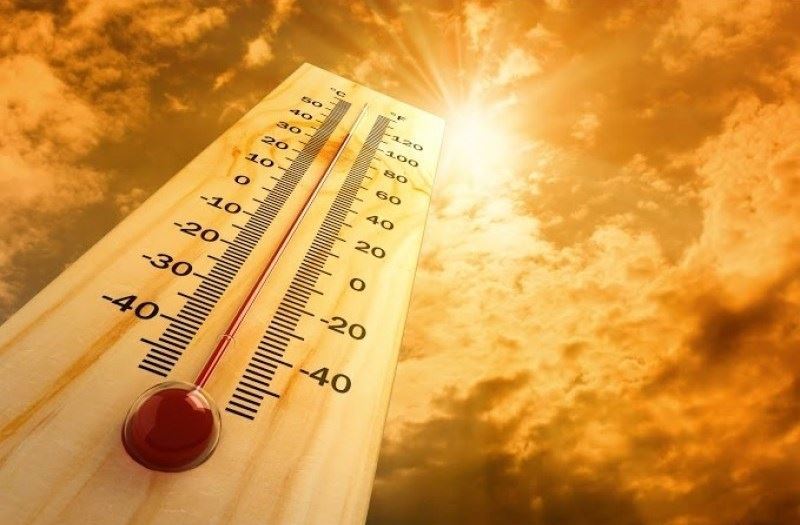Utah’s unpredictable weather leads to record-setting heat
After months of record-setting heat, Utah is finally moving into the cooler months.

After months of record-setting heat, Utah is finally moving into the cooler months. However, the consequences of the record setting heat will linger into the winter months. It got hot this summer—Salt Lake City’s average temperature was 81.5 Fahrenheit in June, July, and August.
This is unheard of and was a record high for the city. Not only do these record temperatures affect our environment through forest fires, drought and crop yield, but they also affect our quality of life. Heat-caused illnesses pose a great threat to our homeless, impoverished, underserved and elderly populations. Additional health risks were raised not only from heat, but from the decrease in air quality due to forest fires. Air quality is already a major health concern in Wasatch Valley; this just adds additional air pollution problems to the troubled region.
Every increase in temperature also has various effects on our bank accounts. Extra stress on our power grids may only not cause blackouts, but additionally, we must endure rising costs of supporting the increase in energy consumption.
The unfortunate news is that this will be one of the cooler summers for Utah moving into the future. Climate change is only growing more concerning for Utahns as it is making our towns and cities hotter each year. Some may be privileged enough to ignore it as they can afford it. The majority of Utahns will have to deal with the side effects of the heat wave as summers grow hotter.
Action taken now could be the difference between people living or dying in the coming years. The incentive to protect the vast majority of Utahns from this dangerous heat is there. But if we do something about it is another question.
The air quality is already a serious concern in Utah. When combined with the poor air quality in the Wasatch Valley, forest fires throughout the western United States sent Utah’s air quality into worrying levels. This can leave people with asthma and respiratory issues at risk for worsening of their conditions.
The continuous fires already put stress on our firefighters and leaves Utah at a serious disadvantage to fight its own fires. Another area that not only affects our environment The heat waves not only effect our environment, but our economy as well. The strain placed on farmers leaves them with decreased productivity and far less yield as the temperature rises.
The compounding effect of the rising heat affects both farmers and forest fires. Utah’s decade-long drought enables fires to spread more rapidly and farmers not to have as much of a water share as they used to possess.
The environmental impacts the heat wave has had on Utahns are drastic.
Then there is the growing concern for our economy and quality of life. Every year we risk roaming blackouts due to strain combating the heat and people staying home. The unfortunate truth is that when the power goes out, people die. This impacts the underserved, homeless and impoverished communities more than anyone due to the lack of access to air conditioning. The risk of blackouts also puts Utah’s growing economic sector at risk. When the temperature rises past a certain point, people do not go out to eat or shop, they simply stay inside and consume more energy. The consequences of this can have serious effects on people’s abilities to enjoy the summer months we all have grown to love in Utah which potentially hurts Utah’s economy.
Utahns are dealing with longer fire seasons, drought, power grid issues and loss of quality of life all from rising heat every year. We do not have the infrastructure necessary to weather through the consequences as we currently stand. People are dying, and in an already stressed economy, we are paying more due to the lack of preparedness for heat waves. There are consequences of rising temperatures. In the coming years the heat will grow, and so will Utah. Can Utah adjust to help each other and our environment through it?




